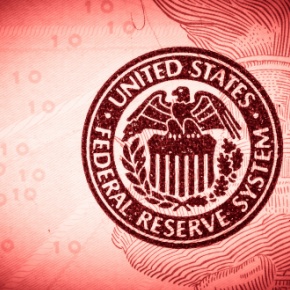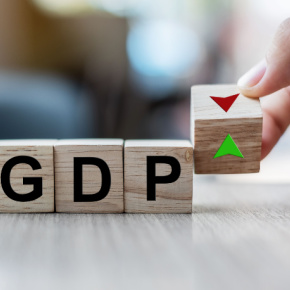The U.S. Treasury (UST) 10-year yield could trend toward 5% in 2025, supported by a combination of historical averages and a steepening Treasury yield curve.
WisdomTree
Global monetary policies diverge sharply, with the U.S. Fed navigating inflation and labor markets while other central banks cautiously extend their rate-cutting cycles.
Global markets readjust to reflect the anticipated realities of policies under the new administration.
With upcoming economic data likely skewed by hurricane disruptions, the current figures may represent the last clear snapshot of underlying trends before the bond market faces additional uncertainty.
Despite current challenges, China remains an investable market. However, long-term investors remain cautious.
The economic slowdown reflects a normalization after years of volatility, particularly in sectors like rural America, and should not be seen as alarming.
The Federal Reserve is now prioritizing labor market data over inflation in its decision-making process.
Investor sentiment in commodity markets has reached a five-year low, presenting potential opportunities for contrarian investors. Potential opportunities and challenges exist in industrial metals, energy, precious metals and agricultural commodities.
The need for validation of the recent rally is emphasized, questioning whether the UST 2-Year yield being significantly below the Fed Funds Rate is justified given current economic data











